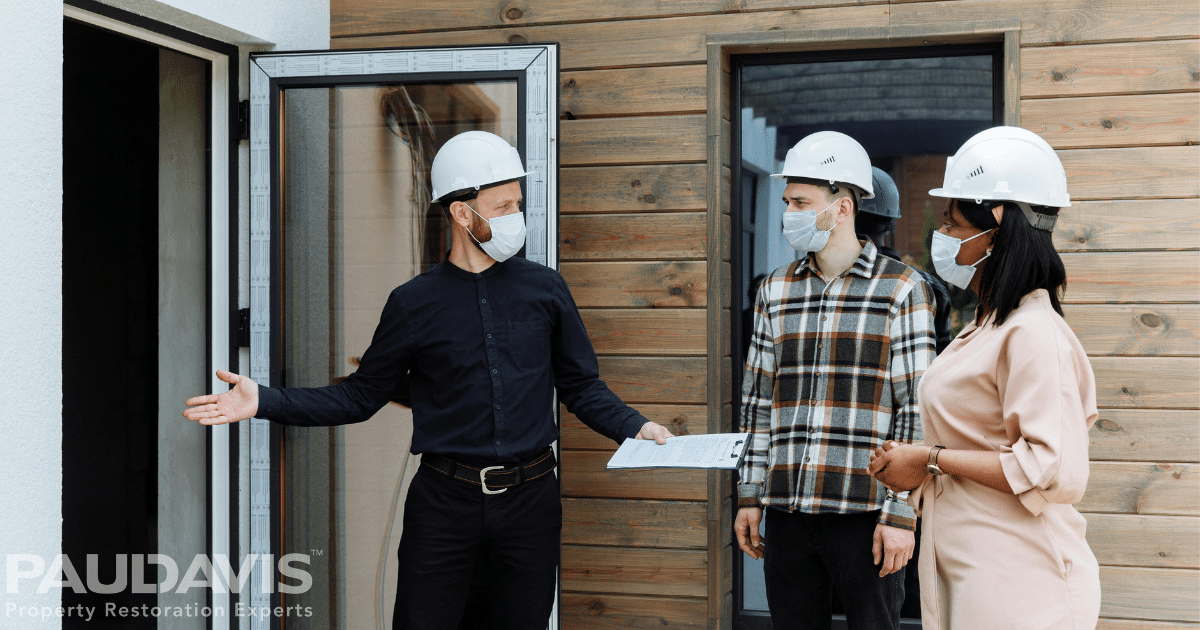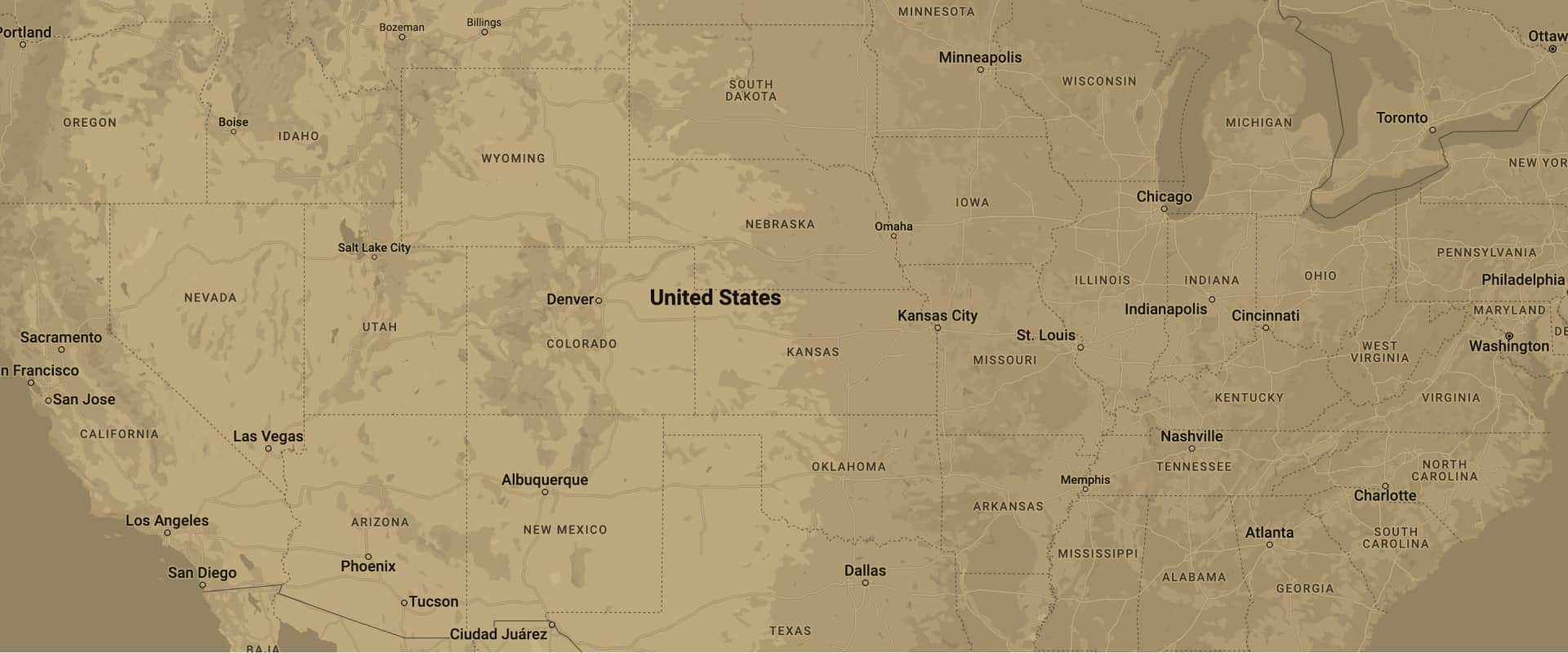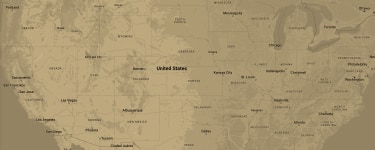Indoor floods and plumbing issues are difficult disasters to handle because they can result in extensive property damage. If the flooding in your home contains sewage or is caused by a sewer backup, even greater dangers for occupants exist. Sewage contains microorganisms, bacteria, and human waste, which can produce harmful results including disease and infection for people who come in contact with the particles. Because sewer backups are damaging and hazardous to health, it is best to contact professional remediation experts in a sewage emergency. The following are warning signs and preventative steps most commonly taken to help avoid home basements from flooding.
Early Warning Signs:
Backups in several drains: If your sinks, bathtubs, and toilets are experiencing backups and trouble draining, there could be a problem in the sewer line.
Unexpected water backups: If you’re using one plumbing fixture like the sink and it results in a backup in a nearby plumbing fixture, the water may not be able to get out.
Backup in the sewer cleanout: The sewer cleanout is usually a white or black pipe that extends out of the side of your home and it allows access to the sewer line. If the sewer cleanout is full of water, there is a good chance of a sewer line clog.
Preventative Measures:
Floor drain plug: Drain plugs can be installed below floor drain grates by yourself or a professional. When sewer conditions return to normal, a special float is deactivated and water can return through the opening. One-way plugs are relatively inexpensive and can usually be found at your local hardware store.
Standpipe: A standpipe is an ordinary pipe stuck in the floor drain, surrounded by a watertight rubber seal. Any water that rises out of the drain goes into the pipe, not out onto the floor. When flood conditions are no longer a threat, the standpipe can be removed, allowing any water spillage to drain.
Overhead sewer: Overhead sewers offer great protection against basement flooding—but they’ll cost you. Here’s how it works: Overflow is collected in a space below the floor. This space is known as a sump where water is pumped into overhead pipes. From there, everything that gets collected can drain into the building’s main sewage line. You’ll need to ask a pro to help you get this installed.
Sewage backups are typically the result of a clogged sewer line, which is nearly impossible to spot. There are some additional preventative measures you can take besides what we’ve shared here. Be sure to consult with an experienced plumber or contractor to best assess your needs, and keep in mind the early warning signs and preventative measures to avoid sewer damage in your home.











